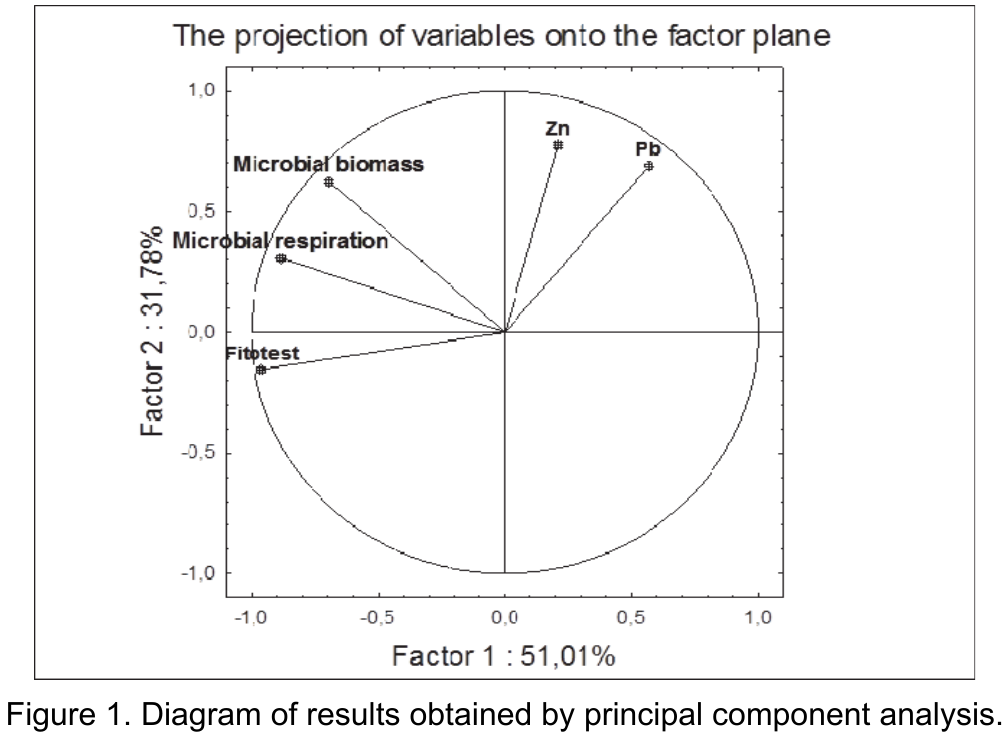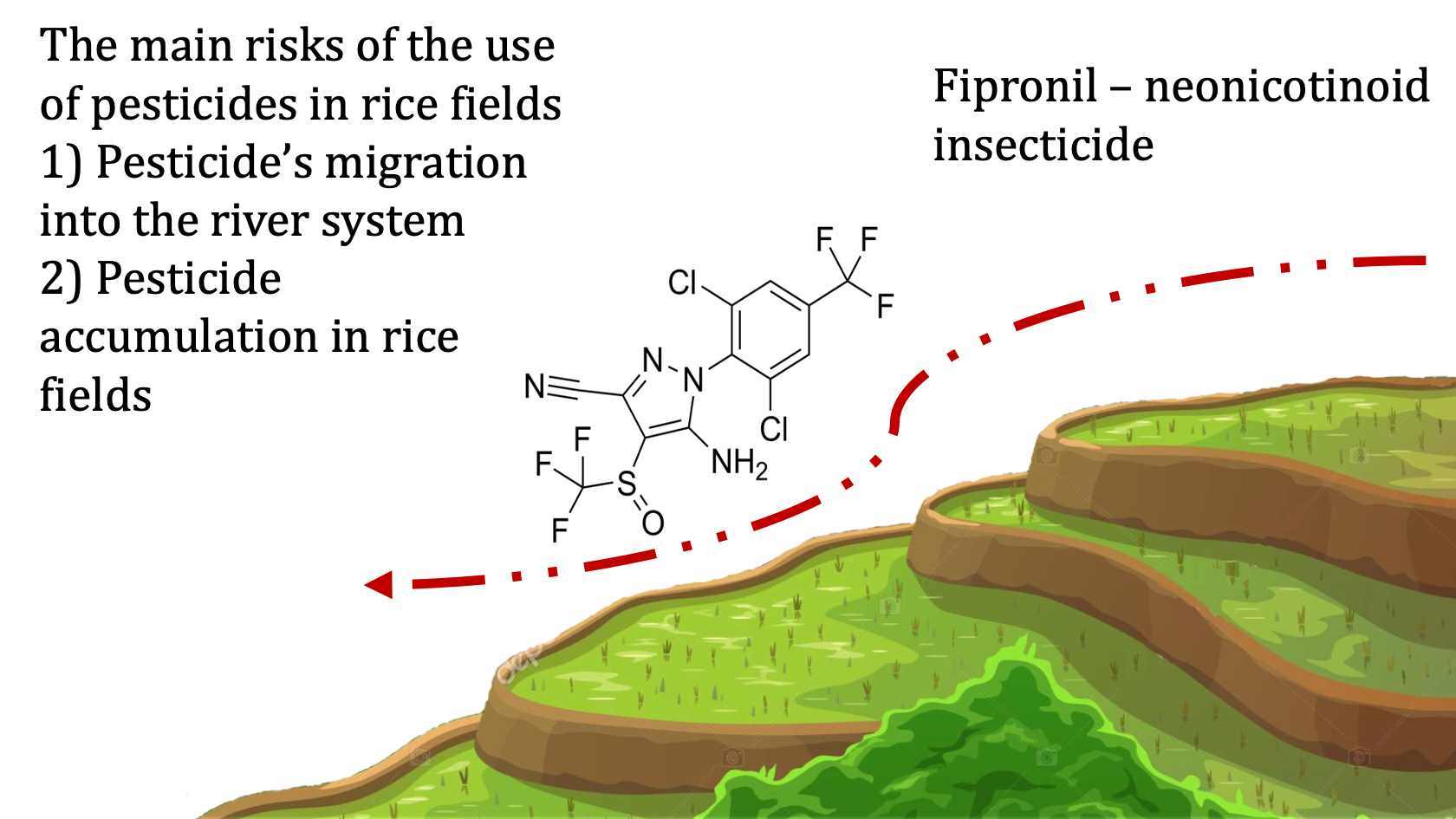September 11, 2017
Talk, Russia, Moscow, Lomonosov MSU, Chemistry Department, Moscow, Russia
In recent years, there has been growing interest in using humic substances for the purpose of reclamation of contaminated soils and increasing fertility. The appearance of a large number of industrial humic substances (HS) of different in their properties and origin requires the creation of methods for their evaluation. In conditions of high anthropogenic influence, the soils are subjected to complex pollution, trace metals play a significant role in this pollution. The purpose of our research was to evaluate the humic substances in model experiments using microbiological methods. The object of research was sod-podzolic soil, medium loamy. In research, we used three types of HS of various origins: Flexom, Lignohumate and purified humic acids. HS were added at a concentration of 10% and 30% in terms of carbon. Model contaminants for the experiment were lead (Pb) and zinc (Zn), which were introduced in the form of nitrates in a concentration of 540 mg/kg for lead, and 880 mg/kg for zinc. After the incubation of the soil with heavy metals and HS for 3 weeks, microbiological indices and chemical indices of heavy metals in various forms of mobility were measured. To assess the functioning of soils, the characteristics of the soil microbial community were chosen: the carbon content of the microbial biomass and the CO2 emission, due to microbial heterotrophic respiration. According to many researchers, these indicators give a good assessment of the state of microorganisms in the soil. For statistical data processing principal component analysis (PCA) was used. 


